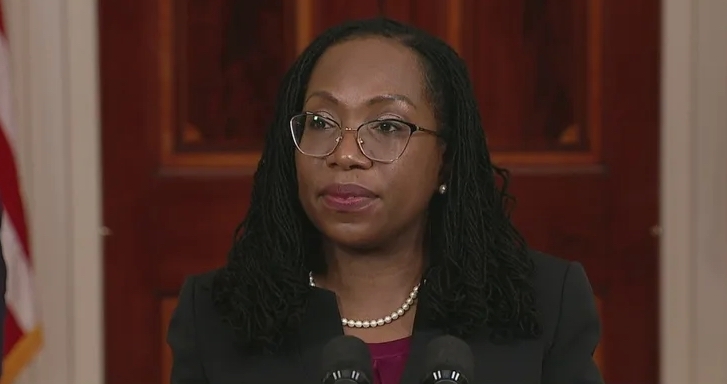George Leef’s latest Martin Center column focuses on a U.S. Supreme Court case that could have important implications on college campuses.
Over the last 30 years, federal courts have consistently ruled that restrictive speech codes and minuscule free speech zones on college campuses violate the First Amendment. So, why do college administrators continue to create and enforce such policies?
The answer is that they face no penalty for doing so.
A case that arose back in 2016 at Georgia Gwinnett College (GGC) presents the Supreme Court with the opportunity to rectify that.
Two students at the college, Chike Uzuegbunam and Joseph Bradford, were fervent Christians who wanted to communicate their beliefs to others on campus. When they spoke about Christianity and handed out literature, however, they were confronted by campus officials who informed them that their activities could only be carried out in the school’s free speech zone, which amounted to a tiny fraction of the campus. …
… When the case went to trial, GGC moved that the complaint be dismissed because there was no longer any real dispute. The school had fixed the problem that gave rise to the suit and therefore the case was “moot.” In legal parlance, that means that there’s no longer any reason for a court to spend time on a case.
The federal district judge agreed with the school’s mootness argument and dismissed the case in June 2018.
That was a perfect example of what attorney David Osborne, CEO of Americans for Fair Treatment, calls the “First Amendment attack and retreat” strategy. …
… The Supreme Court could and should decide the case so as to drive a stake through the heart of the “attack and retreat” mootness ploy. At the same time, it has a perfect opportunity to validate students’ free speech rights and put college officials on notice that there will be serious consequences for future violations.


